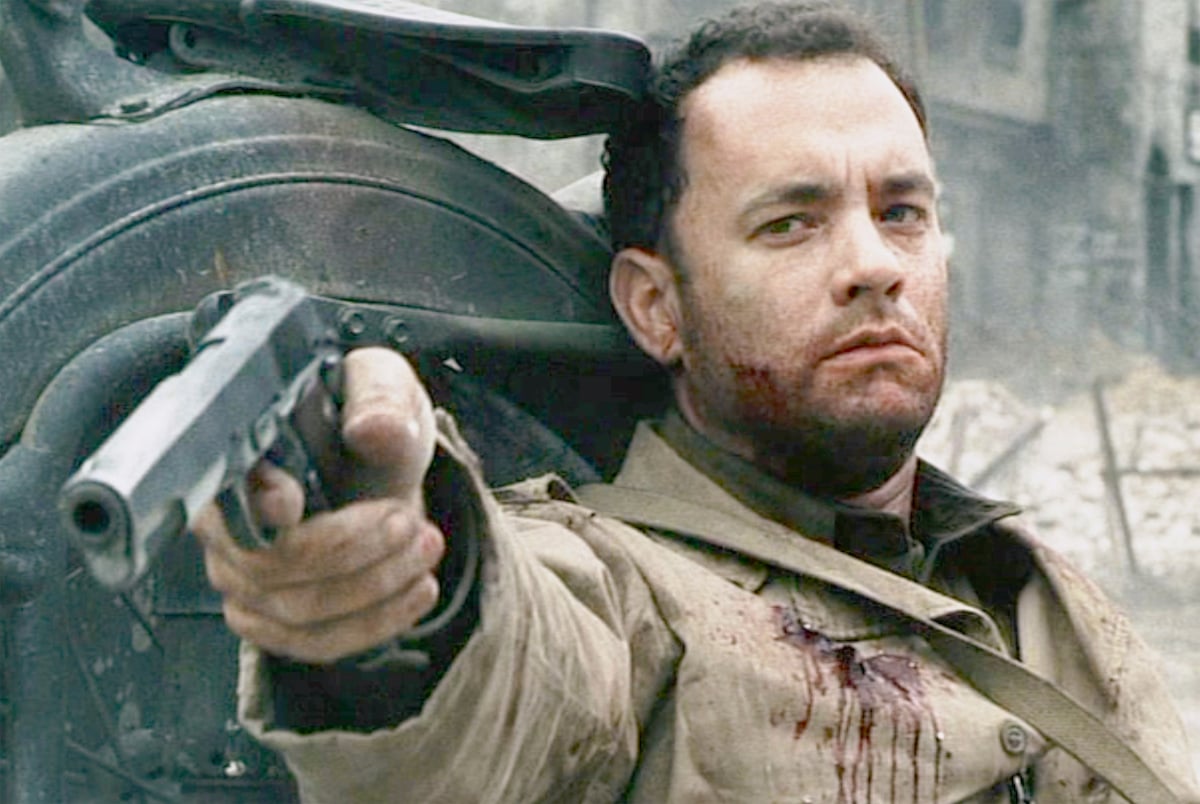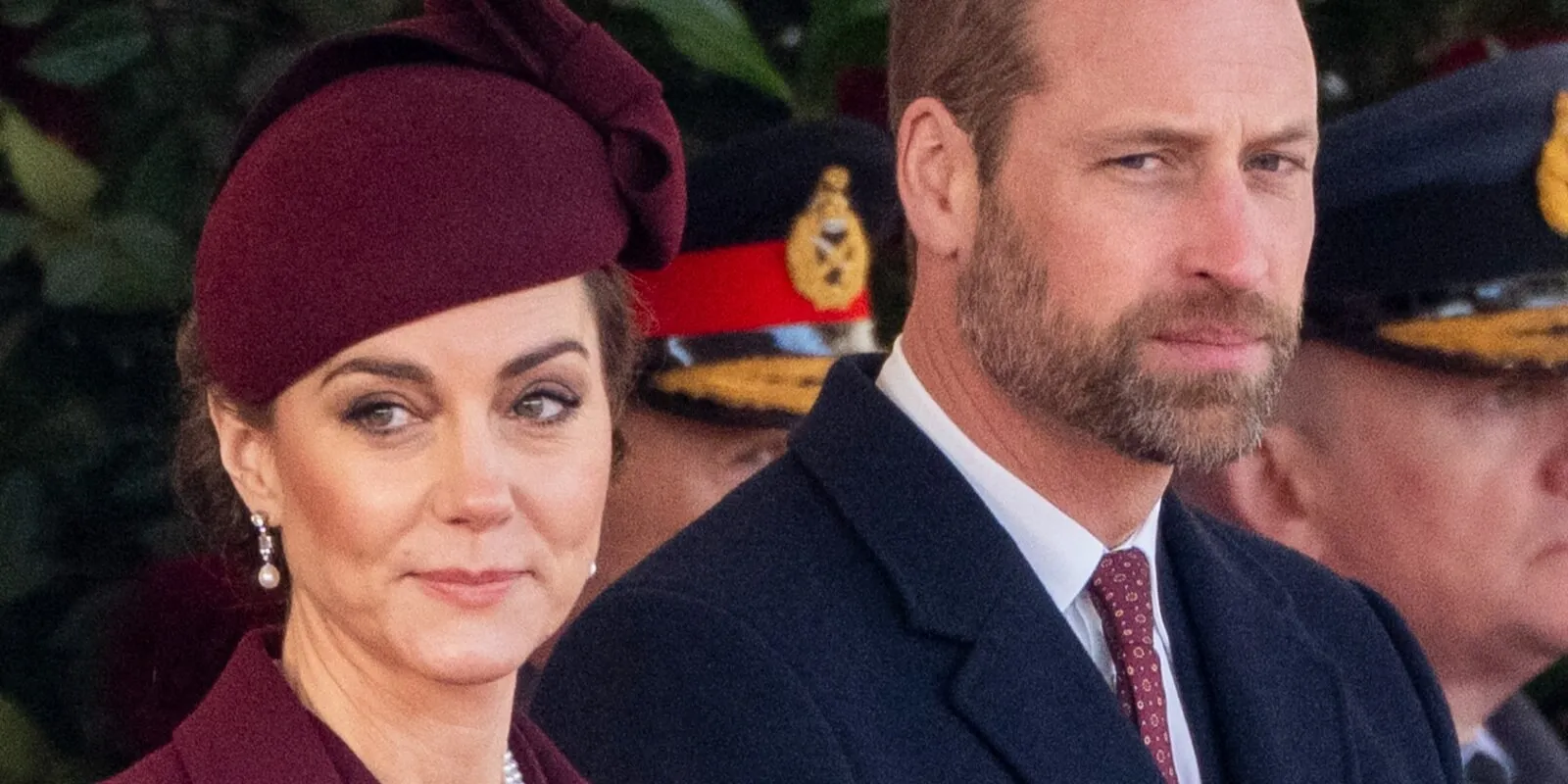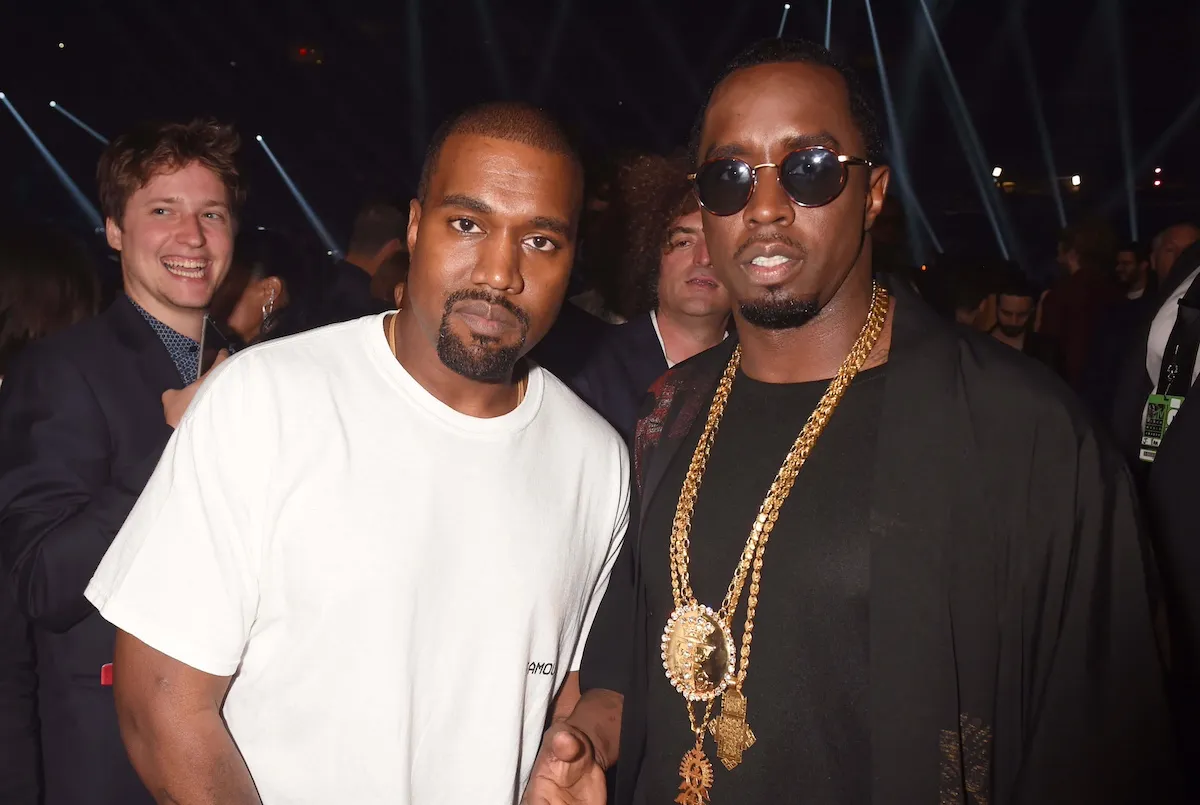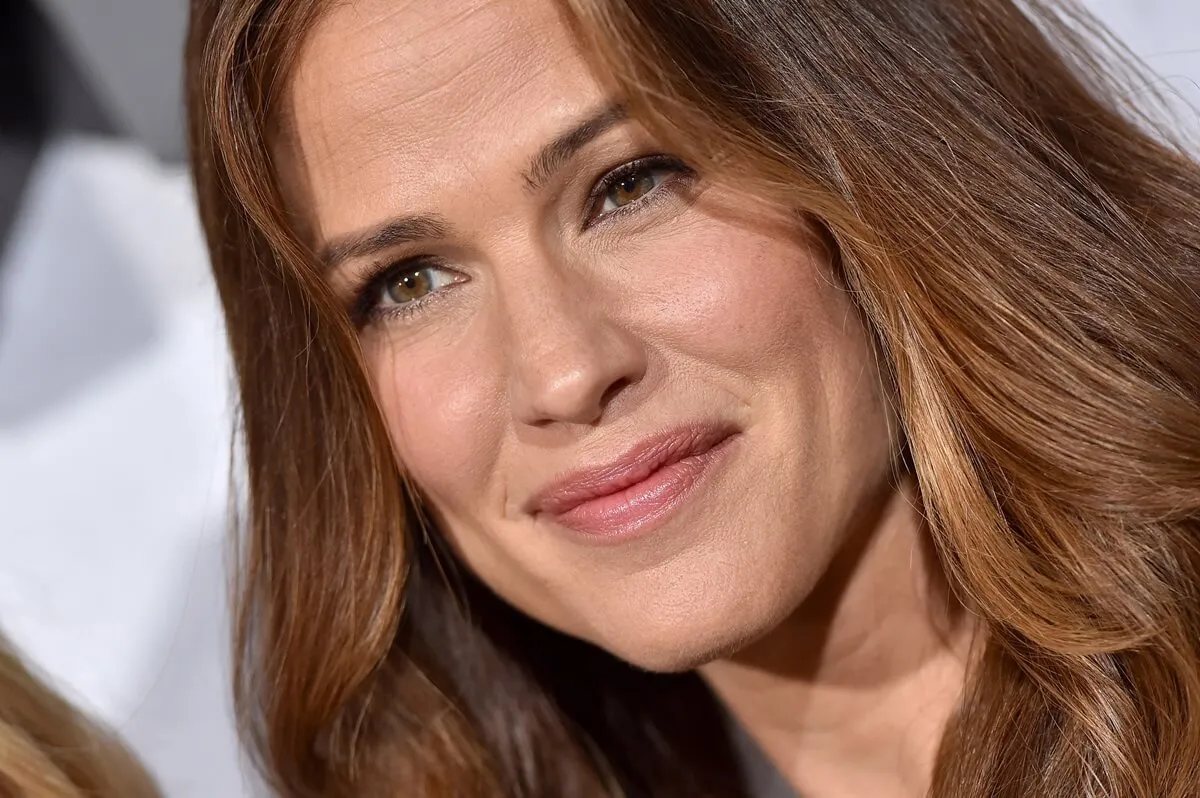Why Did Steven Spielberg Make ‘Saving Private Ryan’ So Violent?
When most moviegoers think of Steven Spielberg, they probably think of the warm and fuzzy sentiment of E.T. the Extra-Terrestrial. Or perhaps the first thing that comes to mind is the majesty — and ultimate terror — of Jurassic Park. But for the most part, Spielberg movies aren’t known for intense, visceral violence and even gore. That’s what the director delivers in Saving Private Ryan. And here’s why he took that approach.

‘Saving Private Ryan’ isn’t the first Steven Spielberg movie about World War II
War movies are nothing new now. And they certainly weren’t when Spielberg teamed up with Tom Hanks and an ensemble supporting cast for Saving Private Ryan. The film follows a group of soldiers on a rescue mission to bring the titular James Ryan (Matt Damon) home safely. And while the movie was both a blockbuster hit and a critical smash, it’s not the first time Spielberg ventured into the complicated storytelling of World War II.
In fact, five years earlier, the director won both Best Director and Best Picture Academy Awards for Schindler’s List. That movie tells a very different story amidst the conflict of World War II. Spielberg’s dissection of the real-life horrors of the Holocaust caught the attention of the entire industry. So to that end, perhaps it makes perfect sense that the filmmaker would earn similar praise when he returned to tell another World War II story.
Why the director decided to play up the violence in the Tom Hanks movie
One of the most-talked-about elements of Saving Private Ryan is its opening sequence. The film opens with the Normandy invasion, and Spielberg doesn’t shy away from the carnage that took place. The movie, in fact, presents a startling, upsetting portrait of what war is really like. And as Spielberg told Total Film in 2004, that jarring contrast between “movie battles” and real-life battles is exactly the point of Saving Private Ryan.
“World War II is the most important event of the last 100 years. We either won it and maintained our freedom or we lost it and lost everything. My father fought in Burma and was always saying, ‘Nobody ever makes a movie about my war except as an excuse to do action and adventure.’ …
[Saving Private Ryan] is graphic because it’s what really happened. It’s a very, very honest recreation of the landing on June 6, 1944. I could have made Saving Private Ryan a very safe picture; I could have done all the violence off-camera, and I could have had people dying in slo-mo, like in the movies we go and see every summer. But my intention was to re-sensitize the audience.”
After so many movies creating false expectations, Spielberg’s Saving Private Ryan is reverent to the spirit behind the war without sacrificing the horrors inherent to the experience of so many soldiers. No wonder Hanks compared visiting Omaha Beach to being in a “holy place.”
Steven Spielberg set a new standard for modern war movies
Even with Spielberg behind it and Hanks in front of the camera, few likely expected a hard-R war movie to be as big as Saving Private Ryan was. On a $70 million production budget, the movie earned a staggering $482 million. Its loss for the Best Picture Oscar to Shakespeare in Love is among the academy’s most famous snubs.
While some people might still accuse Spielberg of holding back, the fact is that Saving Private Ryan has aged remarkably well. The movie finds the humanity in its characters without diluting their experience. And over the past couple of decades, its status as one of Spielberg’s very best films has only been further cemented.


